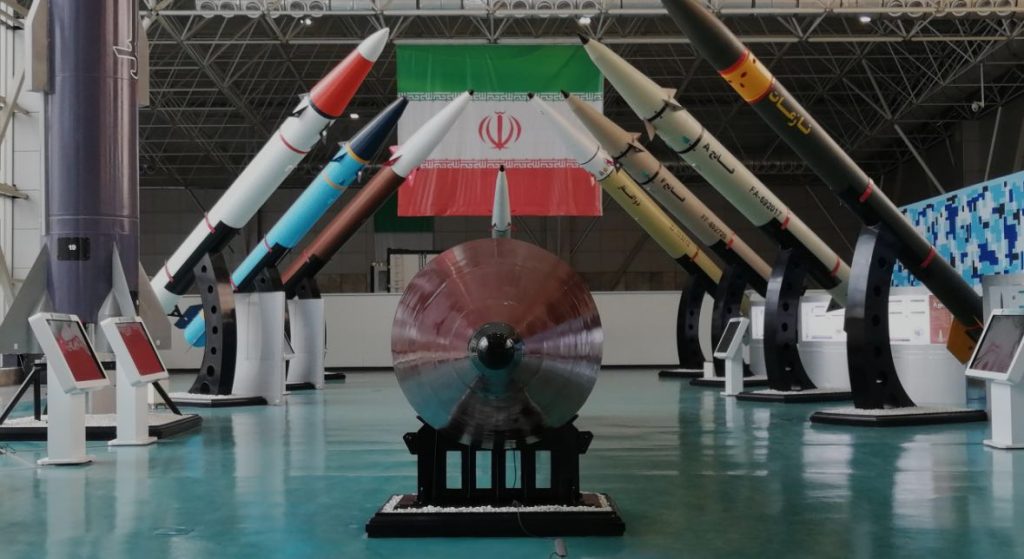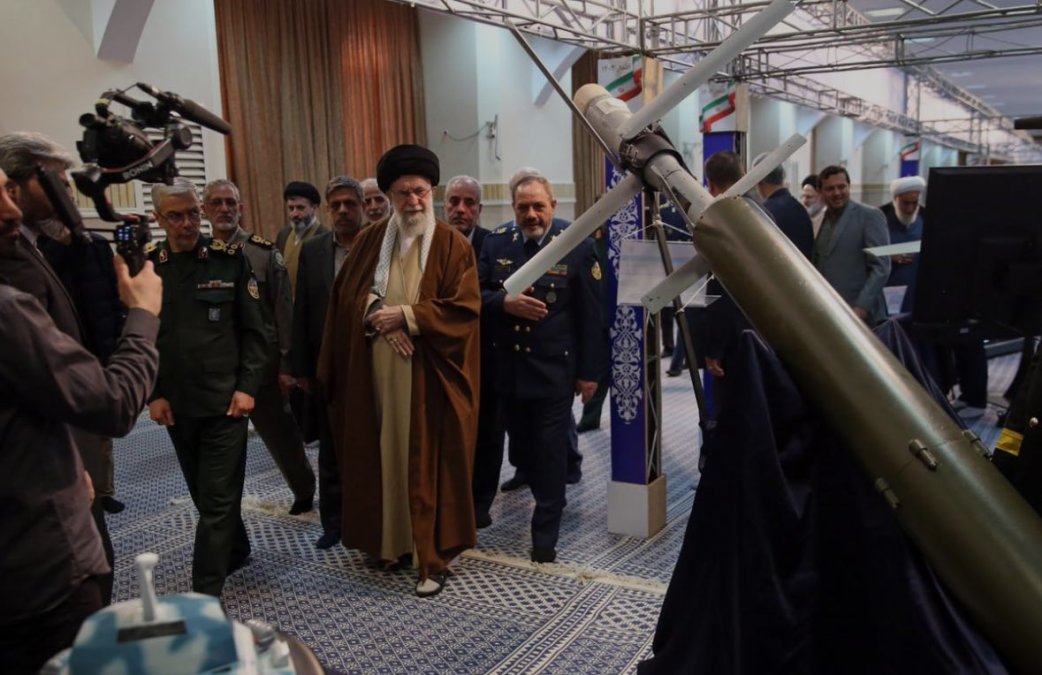Missile Surrender is on the Way
Missile Surrender is on the Way
According to IranGate News Agency, while some domestic political factions are warning about what they call the ‘domino effect of surrender’ following negotiations with the United States, and expressing concern about the consequences of a potential agreement on the nuclear program, an examination of the official stances of the United States and Western partners shows that no specific condition has been announced so far regarding the limitation of the range of Iranian missiles.
This report, relying on existing documents and statements from American officials, analyzes the claim of setting a 500-kilometer ceiling for Iran’s missiles and examines the possibility of changing positions if the diplomatic deadlock continues.
Examining the Claim of the Domino Effect of Surrender in Negotiations from the Nuclear Program to Ballistic Missiles

In Iran’s political sphere, any discussion about negotiating with the United States, especially over the nuclear program or missile capabilities, is accompanied by high sensitivity.
Opponents of serious negotiations with the United States often raise the concern that an agreement in one area, like uranium enrichment, will gradually lead the country towards concessions in other areas, including the missile program, a phenomenon referred to as the ‘domino effect of surrender.’
Positions on Missile Limitations
In this context, Ali Larijani, the former Speaker of the Islamic Consultative Assembly, tweeted on September 23, 2024, ‘Friends, Iran’s insistence is not without reason. The condition to limit the missile range to below 500 kilometers means overlooking defensive capabilities against Israel. Which patriotic Iranian would accept such a limitation? National security is not up for negotiation.’
There is no doubt that in circumstances where Iran lacks a modern air force, maintaining missile capabilities as a tool for military deterrence is considered part of the country’s defensive strategy.
However, what is under discussion is not the necessity of maintaining defensive capabilities but the evidence of a specific condition in negotiations to limit the range of Iranian missiles to less than 500 kilometers.
Is the Missile Limitation Condition Official?
A review of documents and official positions of the United States shows that such a condition has not been publicly and officially announced by the U.S. government.
In the Trump administration’s National Security Presidential Memorandum (NSPM) released in February 2018, it was emphasized that the United States intends to prevent Iran from acquiring nuclear weapons, intercontinental ballistic missiles, and also the development of conventional missile programs.
However, these documents do not specifically mention limiting the range of missiles to a specific number like 500 kilometers.
In statements by Marco Rubio, a Republican senator and a hardline anti-Iranian figure, although concerns about Iran’s missile capabilities have been raised, these statements have mainly been descriptive and have distanced themselves from expressing the official stance of the U.S. government.
In an interview with Fox News in May 2023, Rubio called for stopping Iran’s long-range missile program. He also, in a conversation alongside the Israeli Prime Minister, mentioned concerns about Iran’s short-range and medium-range missiles, but this position was also not stated as the official policy of the United States.
Europe, Israel, and Missile Red Lines
On the other hand, although European countries have always expressed concern about Iran’s missile program, they have not yet reached the stage of specific demands or setting a range ceiling for Iranian missiles.
Among them, Israel is the only country that has officially spoken about the necessity of limiting the range of Iranian missiles to a specific ceiling of 480 kilometers.
Given that part of Europe falls within the range of Iran’s medium-range missiles, some analysts do not rule out the possibility of stricter positions by some European countries in the future.
Historical Experience and the Iraq Scenario
Concern over repeating the Iraq experience in the 1990s, especially after United Nations Security Council Resolution 687, is another reason why some Iranian political elites express skepticism about nuclear and missile negotiations.
At that time, the Security Council set a 150-kilometer ceiling for the range of Iraq’s missiles, and ultimately, many of Iraq’s long-range missiles were destroyed by UN inspectors.
From the critics’ perspective, this historical experience is a sign of a potential threat that could recur if Iran’s position in negotiations is weak.
Do Negotiations Necessarily Lead to More Concessions?
However, reference to the JCPOA experience shows that an agreement in one area did not necessarily lead to concessions in other areas. The JCPOA only covered Iran’s nuclear program and did not have a direct impact on Iran’s missile capabilities or regional policies.
On the other hand, the claim of the ‘domino effect of surrender’ is based on the assumption that every negotiation will lead to a chain of retreats, an assumption that has not been supported by specific evidence so far.
What is the Best Solution?
A specific ceiling for the range of Iran’s missiles has not yet been officially demanded, and most statements on this matter have been made by unofficial actors or U.S. allies like Israel.
However, the experience of Washington’s changing positions in the past, especially after exiting the JCPOA, shows that if the diplomatic deadlock continues and Iran’s bargaining leverage decreases, the possibility of increased demands from the opposite side exists.
Therefore, adopting an active and calculated approach in dealing with foreign parties, maintaining internal cohesion, and focusing on creating a balance in bargaining power seems more necessary than ever.
Excessive fear of negotiation can threaten national interests just as much as excessive optimism about its outcomes.

